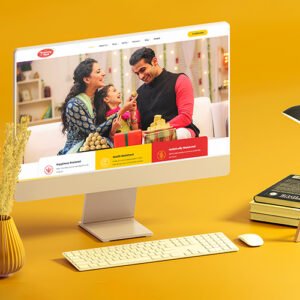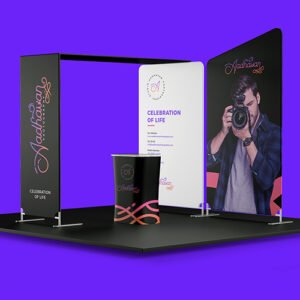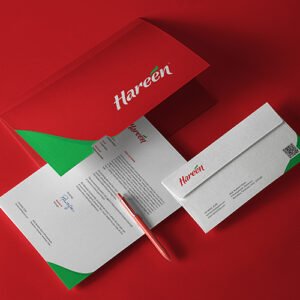In 2025, graphic design is one of the most accessible and rewarding creative careers. With YouTube tutorials, free resources, and online tools, it’s easy to start learning design on your own. But if you’re serious about building a career in design, a structured graphic design course offers clear advantages over self-learning alone.
Here’s why investing in a professional design course can make all the difference.
Structured Learning Path
Online resources often feel scattered. You may learn tools but miss out on design principles, industry standards, and project workflows. A course provides a step-by-step curriculum that builds your knowledge in the right order.
Mentorship and Real-Time Feedback
In a design course, you get access to experienced mentors who guide, correct, and push you creatively. Online learning lacks personal feedback, which is critical to refining your design thinking and solving real problems.
Real-World Projects and Portfolio Building
A professional course helps you build a portfolio with case studies, branding systems, social media creatives, packaging, and more. This kind of structured practice is hard to replicate with self-learning.
Bonus: You get review sessions, mock interviews, and branding critiques that help prepare you for real jobs
Peer Learning and Collaboration
Learning with a community of like-minded students enhances creativity. You get to collaborate, exchange ideas, and grow faster. Self-learning can feel isolated, and you may not know if you’re on the right track.
Internship, Placement & Certification
Most design institutes, like Branzone Design School, offer internship opportunities, placement support, and certificates that add value to your resume. Online tutorials can’t offer this credibility or real-world exposure.
Industry Exposure & Networking
Courses often include guest lectures, agency visits, design challenges, and live projects, giving you industry insights and connections that help you land jobs or freelance gigs.
Establish a clear visual hierarchy in your designs to guide viewers’ attention and communicate messages effectively. Emphasize important elements using size, color, contrast, and placement. Create a logical flow that guides the viewer’s eye through the design.








